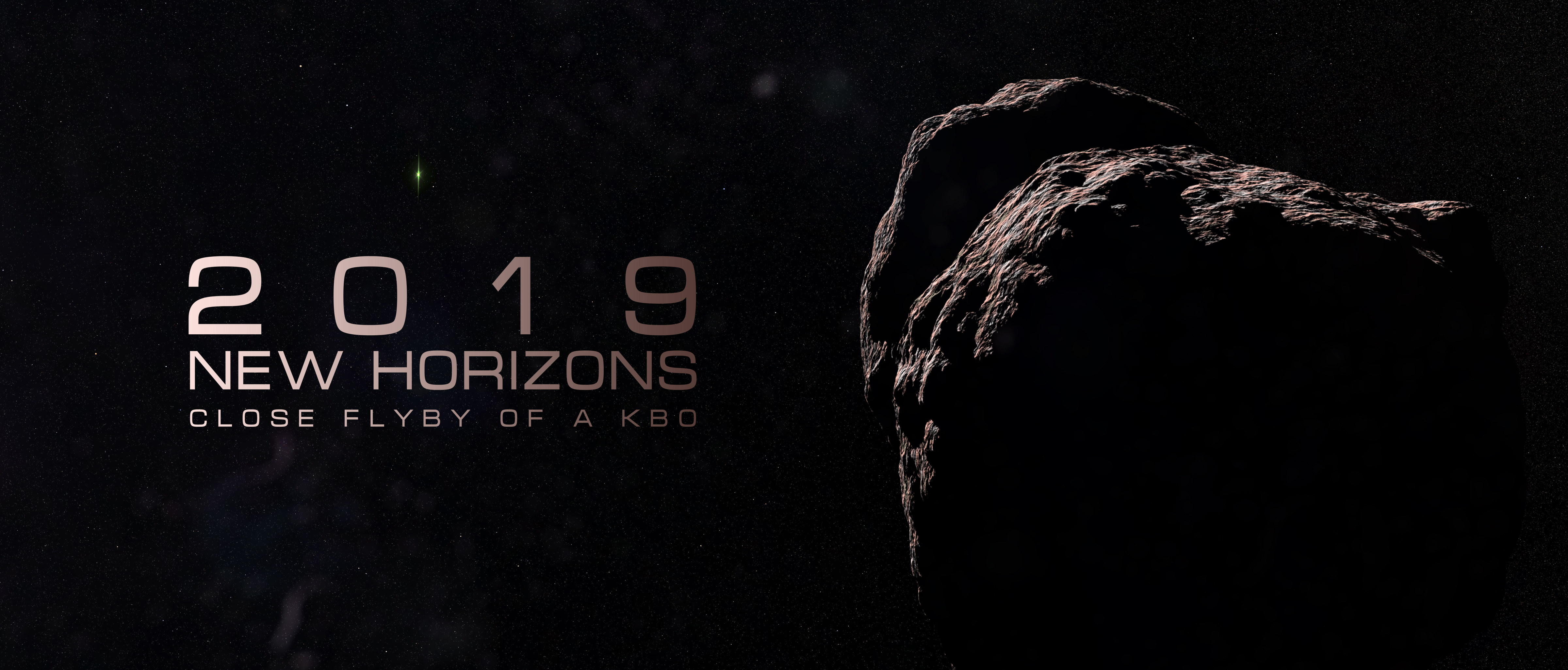The PI’s Perspective: Wrapping up 2017 En Route to Our Next Flyby – Pluto New Horizons
https://blogs.nasa.gov/...017/12/06/the-pis-perspective-wrapping-up-2017-en-route-to-our-next-flyby/
New Horizons is in good health and cruising closer each day to its next encounter: a flyby of the Kuiper Belt object (KBO) 2014 MU69 (or “MU69” for short).
If you follow our mission, you likely know that flyby will occur on New Year’s Eve and New Year’s Day 2019, which is just barely over a year from now!
As I write this, New Horizons is wrapping up an active period that began when the spacecraft emerged from hibernation mode in September. But soon, on Dec. 21,
we’ll put the spacecraft back in hibernation, where it will remain until June 4, 2018. After June 4 the spacecraft will stay “awake” until late in 2020, long
after the MU69 flyby, when all of the data from that flyby have reached Earth.
But before we put New Horizons into hibernation this month, we have some important work ahead. We’ll observe five more KBOs with the onboard LORRI telescope/
imager to learn about their surface properties, satellite systems and rotation periods. This work is part of a larger set of observations of 25-35 Kuiper Belt
objects from 2016 to 2020 on this extended mission. Learning about these KBOs from close range and at angles that we cannot observe from Earth makes will give
us key context for the more detailed studies we’ll make of MU69 from a thousand times closer than we can study any other KBO. In addition to that LORRI imaging
of these objects, we’re continuing our nearly round-the-clock observations of the charged particle and dust environment of the Kuiper Belt—both before and while
New Horizons hibernates.
Also right ahead is a 2.5-minute engine burn planned for Dec. 9 (yes, a Saturday). This maneuver will both refine our course and optimize our flyby arrival time
at MU69, by setting closest approach to 5:33 Universal Time (12:33 a.m. Eastern Standard Time) on Jan. 1, 2019. Flying by at that time provides better visibility
by the antennas of NASA’s Deep Space Network, which will attempt to reflect radar waves off the surface of MU69 for New Horizons to receive. If it succeeds, that
difficult experiment will help us determine the surface reflectivity and roughness of MU69 at radar wavelengths—something that has been successfully applied to
study asteroids, comets, planetary satellites and even some planets, including Pluto, which New Horizons observed the same way in 2015.
